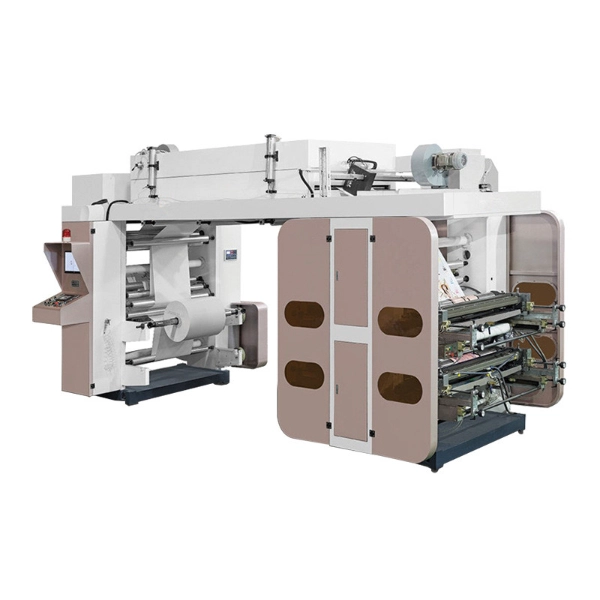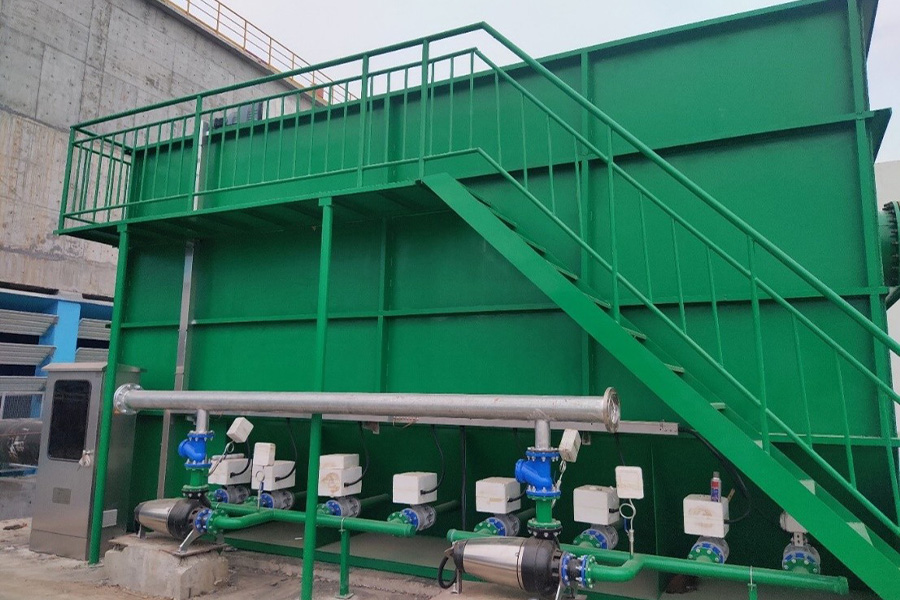In an era where energy efficiency and sustainability are paramount, understanding the properties and applications of heat insulators has never been more critical. This article delves into the concept of a perfect heat insulator, exploring its characteristics, the materials that come closest to this ideal, and their practical applications across various industries.
Understanding Heat Insulation
Heat insulation refers to the ability of a material to resist the transfer of heat. This resistance is quantified by a material's thermal conductivity, denoted as ( k ) (W/m·K). A perfect heat insulator would have a thermal conductivity of zero, meaning it would not allow any heat transfer. However, in reality, all materials conduct heat to some extent. Thus, the focus shifts to identifying materials that exhibit the lowest thermal conductivity and the best insulating properties.
Characteristics of a Perfect Heat Insulator
- Low Thermal Conductivity: The primary characteristic of an ideal heat insulator is its low thermal conductivity. Materials with a thermal conductivity close to zero are preferred, as they minimize heat transfer.
- Durability: A perfect insulator should maintain its insulating properties over time, resisting degradation from environmental factors such as moisture, temperature fluctuations, and mechanical stress.
- Lightweight: For practical applications, especially in construction and aerospace, a perfect heat insulator should be lightweight to avoid adding unnecessary weight to structures or vehicles.
- Non-toxic and Environmentally Friendly: As sustainability becomes increasingly important, the ideal insulator should be non-toxic and have a minimal environmental impact during its production and disposal.
- Cost-Effectiveness: While performance is crucial, the cost of materials and installation must also be considered. A perfect heat insulator should provide excellent performance without exorbitant costs.
Materials Approaching the Ideal Insulator
While no material can achieve perfect insulation, several come remarkably close:
- Aerogels: Often referred to as frozen smoke, aerogels are among the best insulating materials available. With thermal conductivities as low as 0.013 W/m·K, they are incredibly lightweight and have excellent insulating properties. Their applications range from building insulation to aerospace engineering.
- Vacuum Insulation Panels (VIPs): These panels consist of a rigid core encased in a vacuum-sealed envelope, significantly reducing heat transfer. With thermal conductivities around 0.004 W/m·K, VIPs are ideal for applications requiring high insulation in limited spaces, such as refrigeration and building envelopes.
- Polyurethane Foam: This widely used insulating material has a thermal conductivity of approximately 0.020-0.025 W/m·K. It is versatile, cost-effective, and can be applied in various forms, including spray foam and rigid panels.
- Mineral Wool: Composed of natural or synthetic fibers, mineral wool has a thermal conductivity of about 0.035-0.045 W/m·K. It is fire-resistant, sound-absorbent, and commonly used in residential and commercial buildings.
- Cellulose Insulation: Made from recycled paper products, cellulose insulation boasts a thermal conductivity of around 0.040 W/m·K. It is an eco-friendly option that also provides excellent sound insulation.
Applications of Heat Insulators
The applications of heat insulators are vast and varied, spanning multiple industries:
- Construction: In residential and commercial buildings, effective insulation reduces energy consumption for heating and cooling, leading to lower utility bills and a reduced carbon footprint.
- Aerospace: In aerospace engineering, lightweight and high-performance insulators are crucial for maintaining temperature control in spacecraft and aircraft, ensuring the safety and comfort of passengers and equipment.
- Automotive: In the automotive industry, heat insulators are used to protect sensitive components from excessive heat and improve passenger comfort by reducing cabin temperatures.
- Refrigeration: Insulation plays a vital role in refrigeration systems, helping to maintain low temperatures while minimizing energy consumption.
Conclusion
While the quest for a perfect heat insulator may be elusive, advancements in material science continue to bring us closer to this ideal. By understanding the characteristics and applications of various insulating materials, industries can make informed choices that enhance energy efficiency, sustainability, and overall performance. As we move towards a more energy-conscious future, the importance of effective heat insulation cannot be overstated. Embracing innovative materials and technologies will pave the way for a more sustainable and efficient world.



